iNEQE's safety guide.
Telegram is one of the many messaging apps available that may be more familiar due to bad press instead of good reviews. This online safety article unpacks how this app works, the controversies that surround it, the safety concerns and risks it poses to children and young people and our top tips on staying safe.




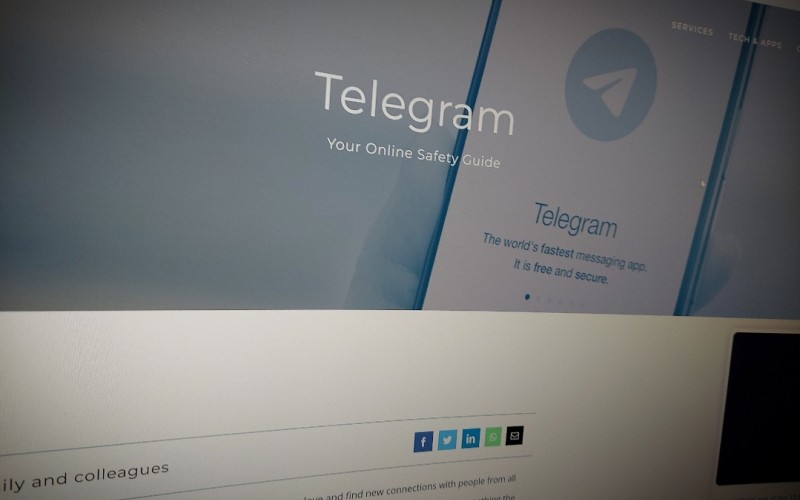
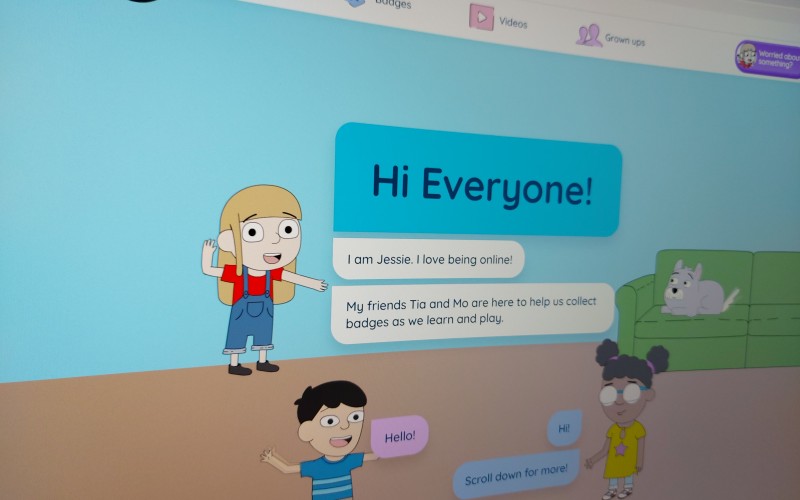
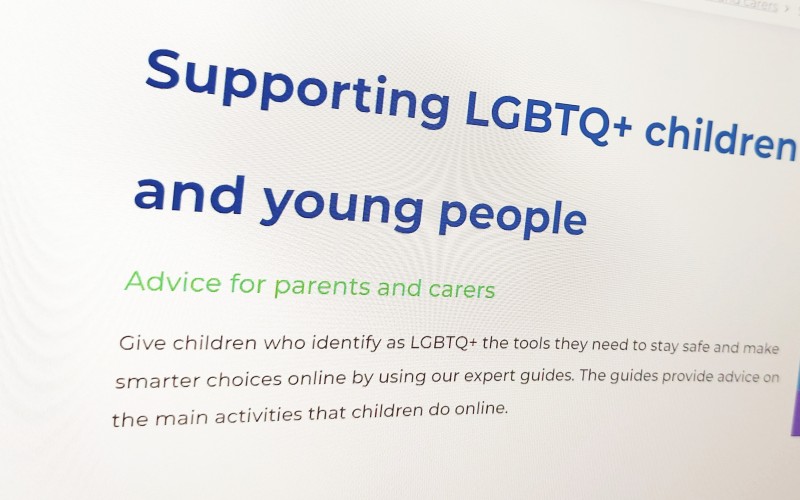

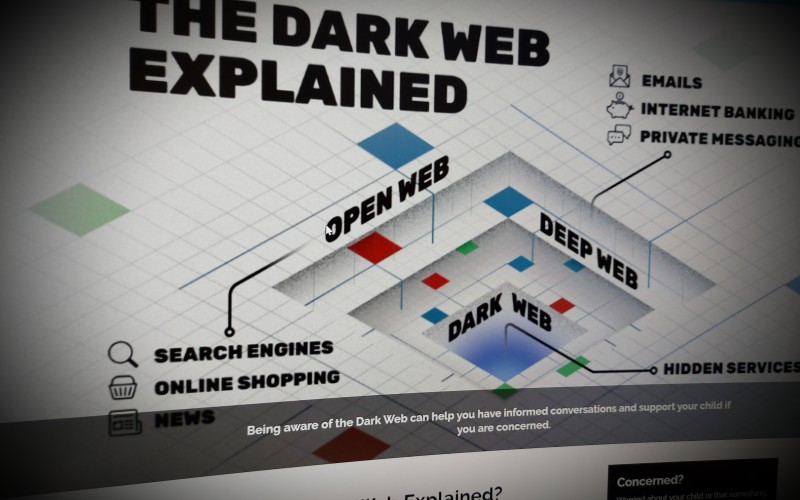
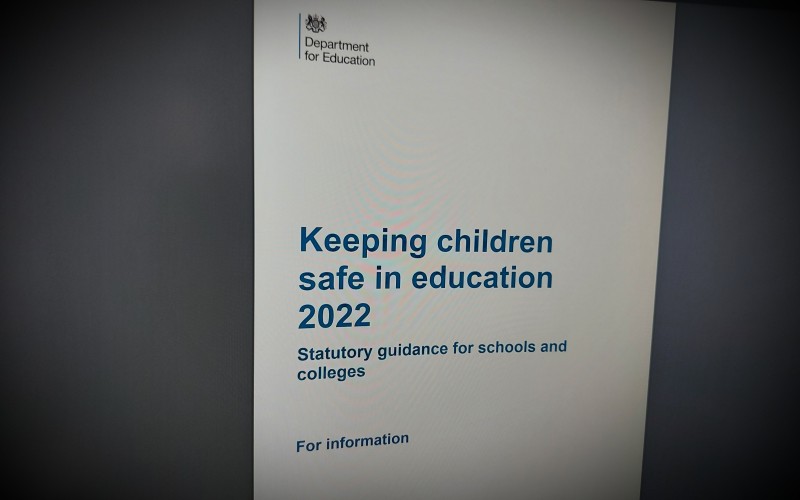
Comments
make a comment